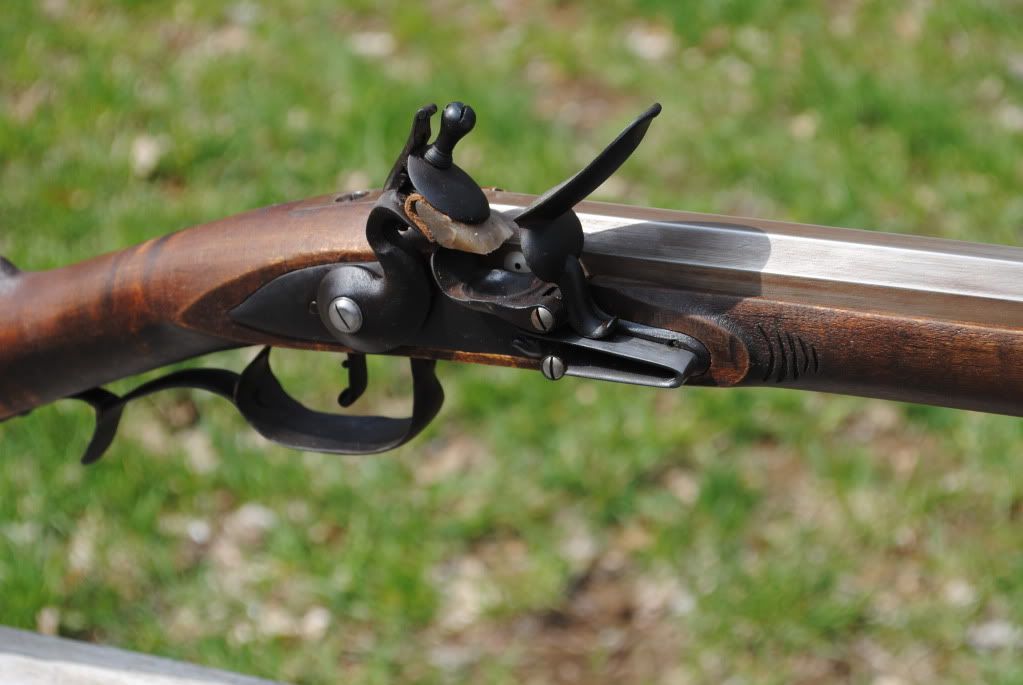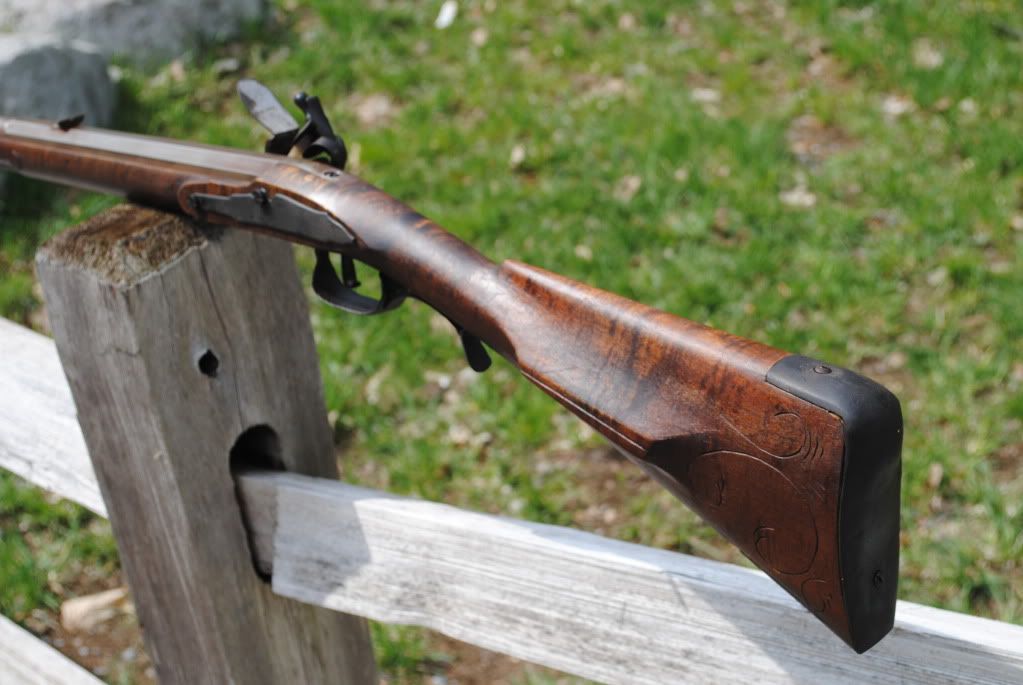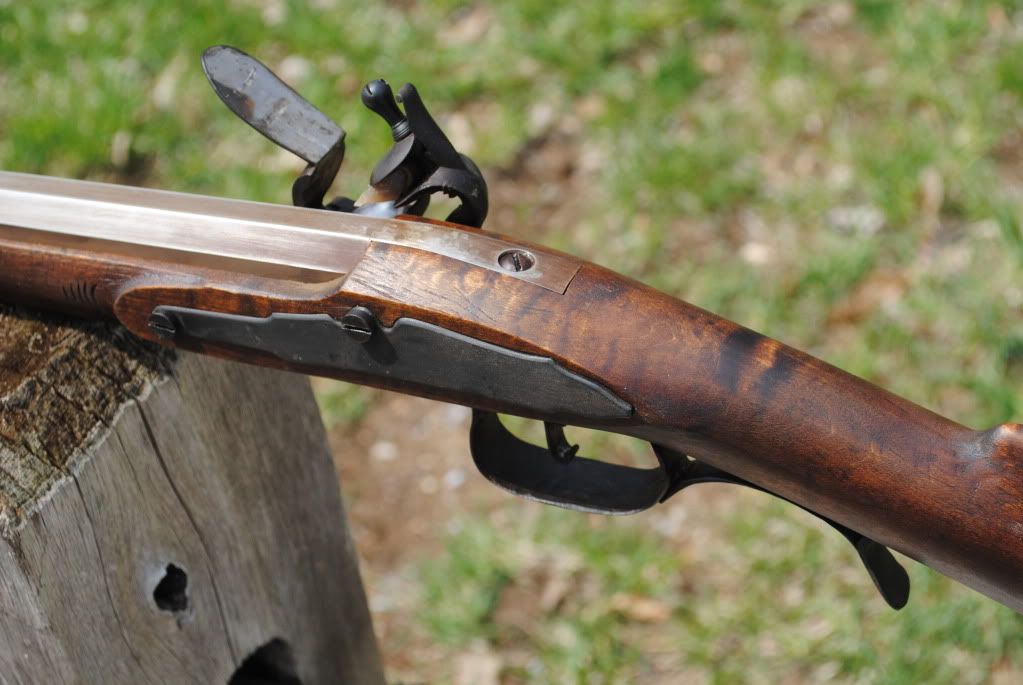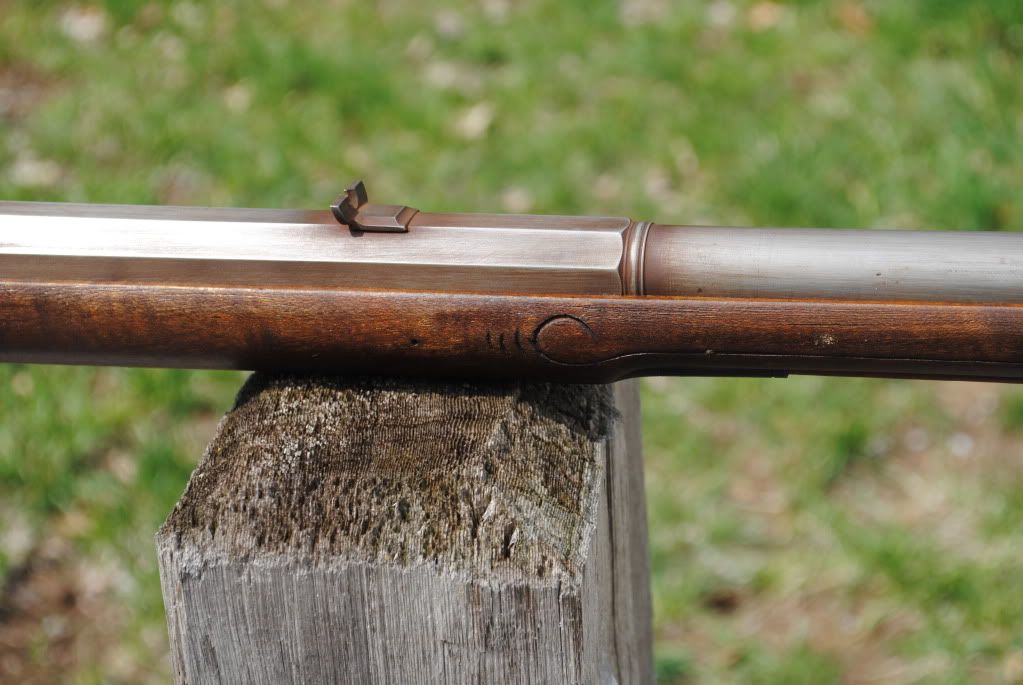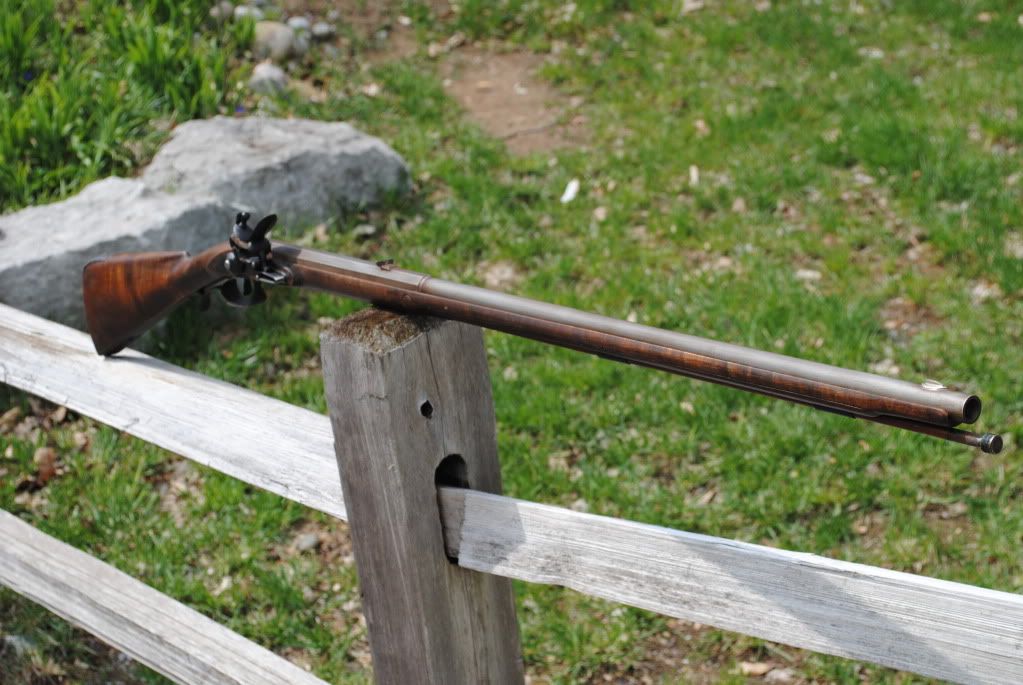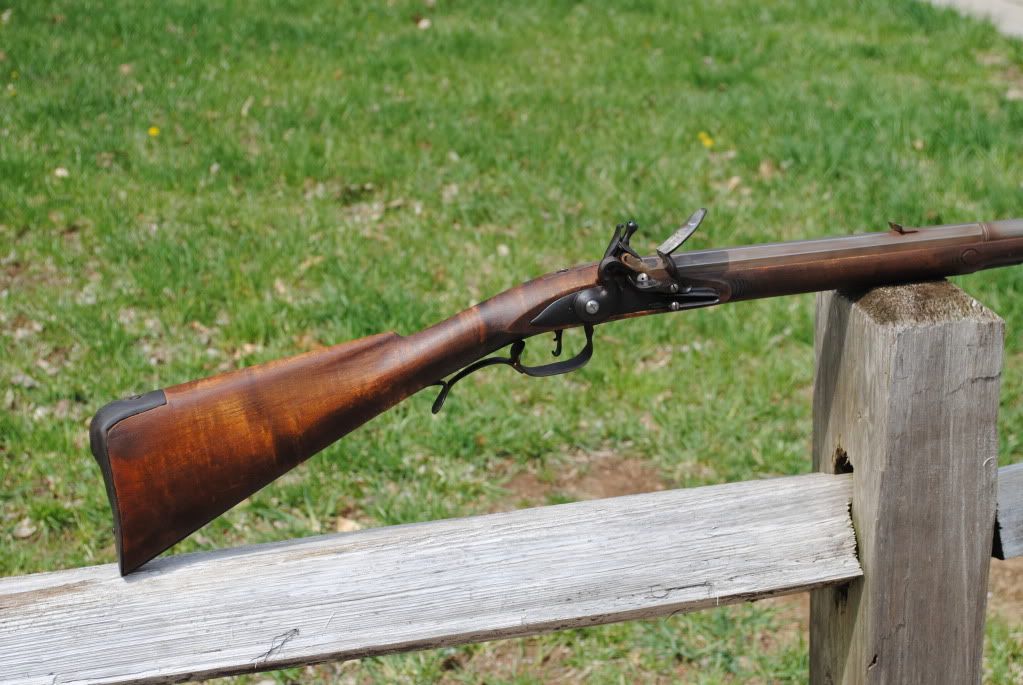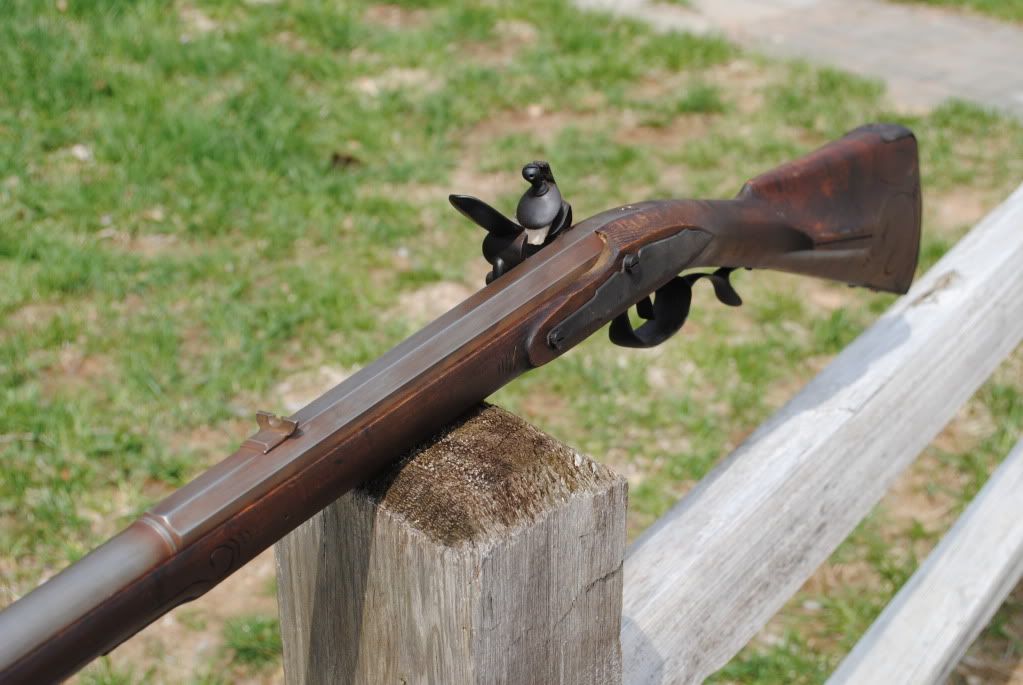ApprenticeBuilder
58 Cal.
- Joined
- May 27, 2006
- Messages
- 2,528
- Reaction score
- 189
Here is what I had this morning when I went out and checked on my Waukon Bay aqua-fortis, little worried about the sludge content, strained it thru an old baby diaper into a jar with about 3/4oz of distilled water.
This afternoon it didn't look any better so I put it up on a shelf in the shop to see if things settle out a bit more.
Am seriously considering ordering some nitric acid so as to have one more possibility at colors, But will wait on my new book to do some more research before I commit.
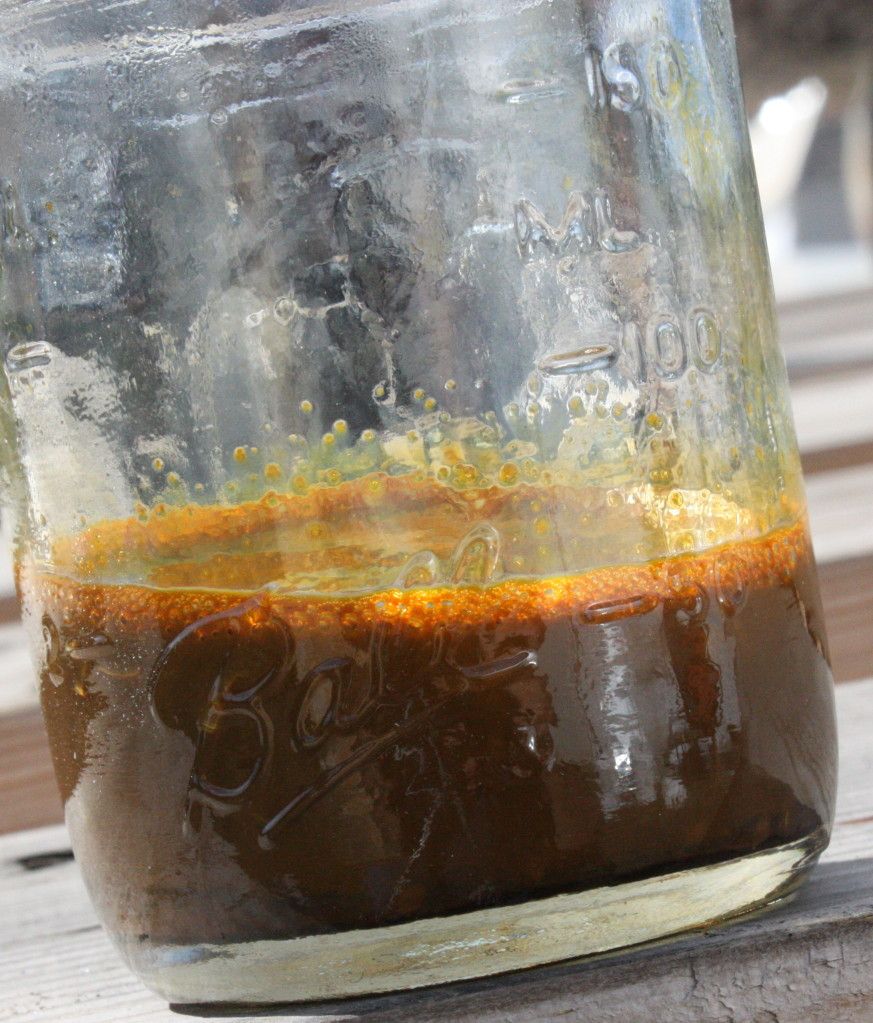
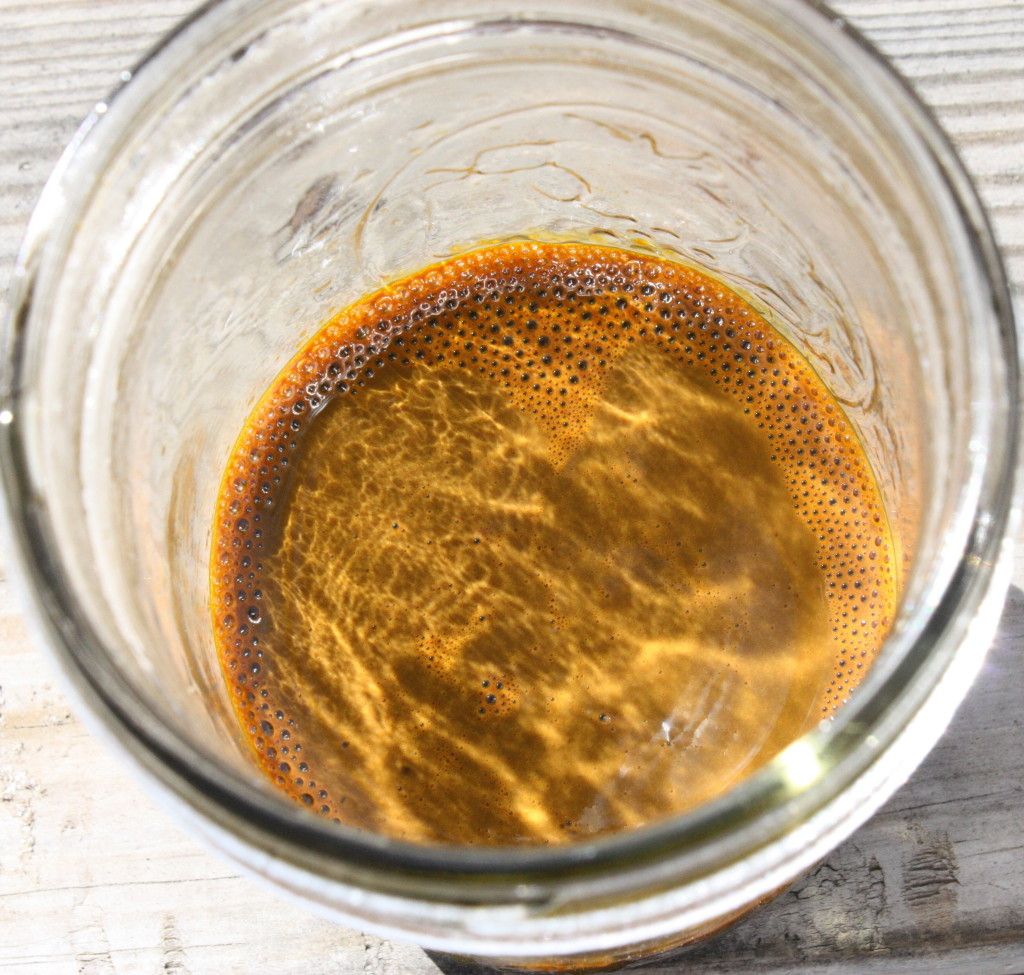
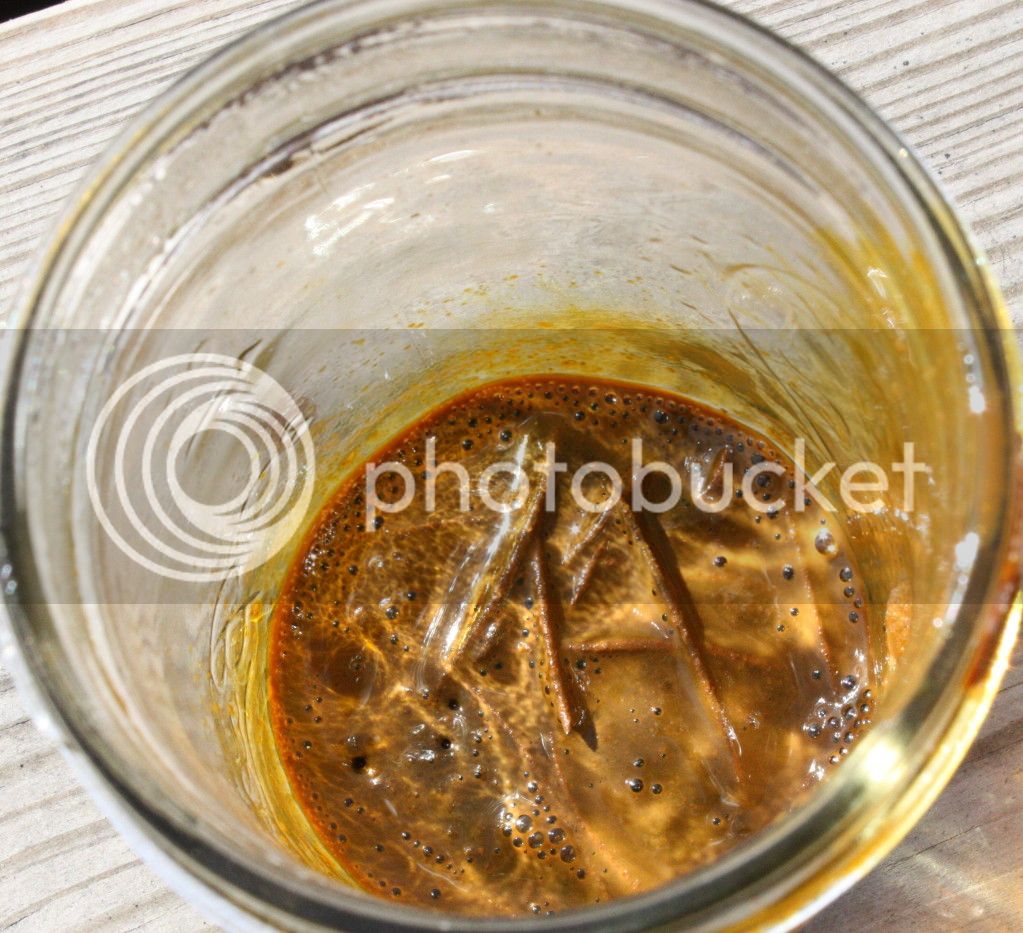
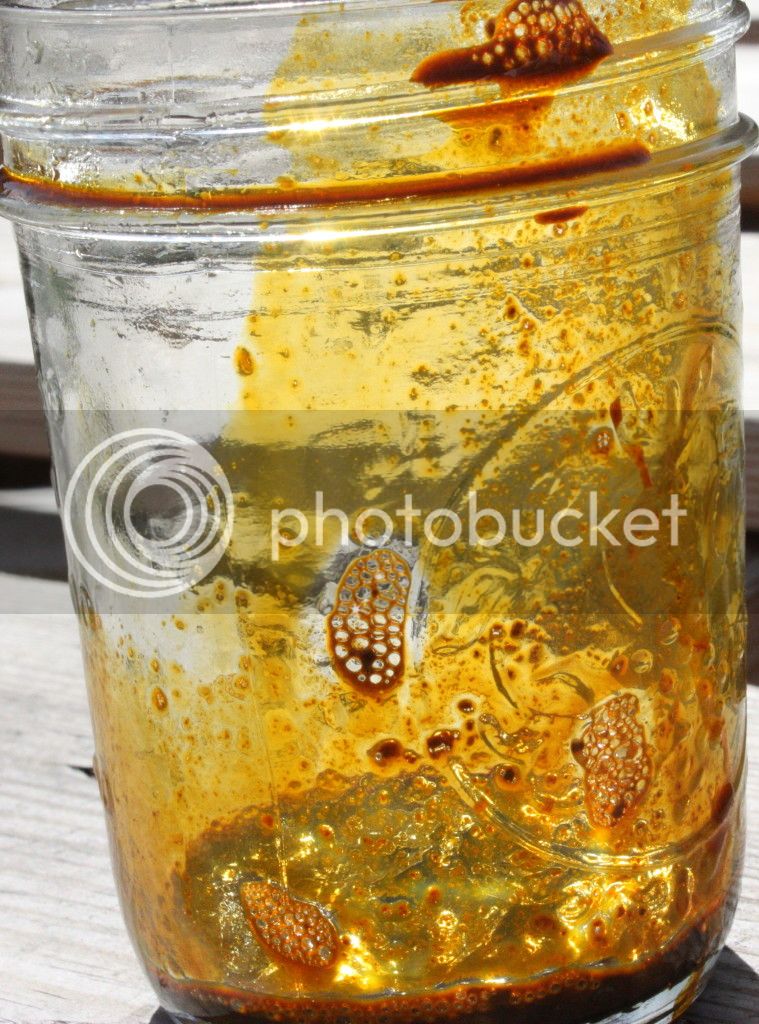
This afternoon it didn't look any better so I put it up on a shelf in the shop to see if things settle out a bit more.
Am seriously considering ordering some nitric acid so as to have one more possibility at colors, But will wait on my new book to do some more research before I commit.










